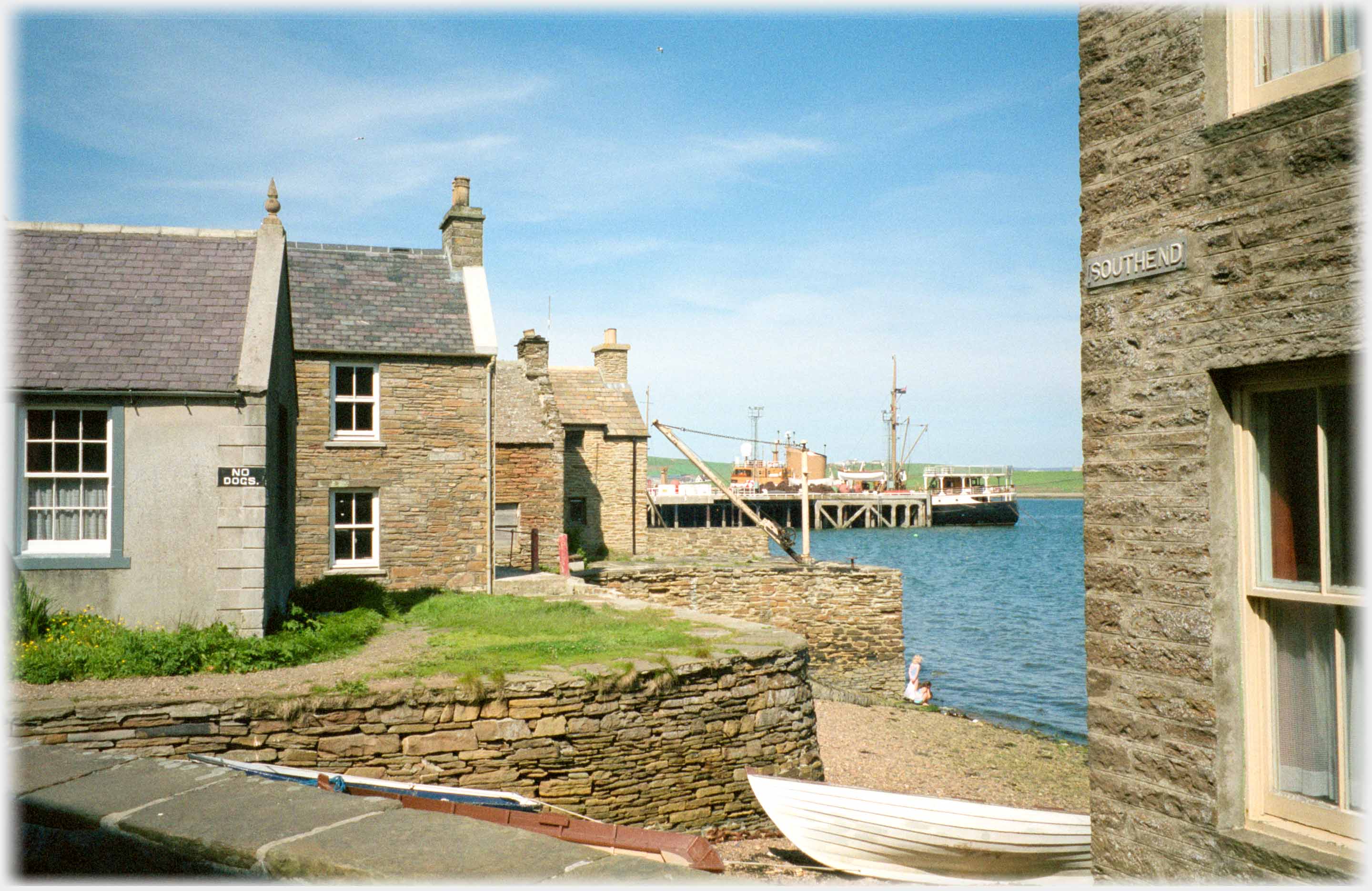 Stromness forms the gateway to Orkney for most people. The pier seen from between
Stromness forms the gateway to Orkney for most people. The pier seen from between
the town's tight rows of houses Orkney's 'Mainland' - the slightly confusing word is applied to much the largest island of the Orkney archipelago - is one of the most intensely occupied areas of western Europe. The resulting remains are fascinating and extend back for 5,000 years, offering evidence of complex cultures that have inhabited the islands. The ground is fertile and the fish have been plentiful, the main down side is the perpetual wind which greatly reduces the tree population. This page offers a glimpse of the island through some of the remains, and starts with the second largest community - Stromness.
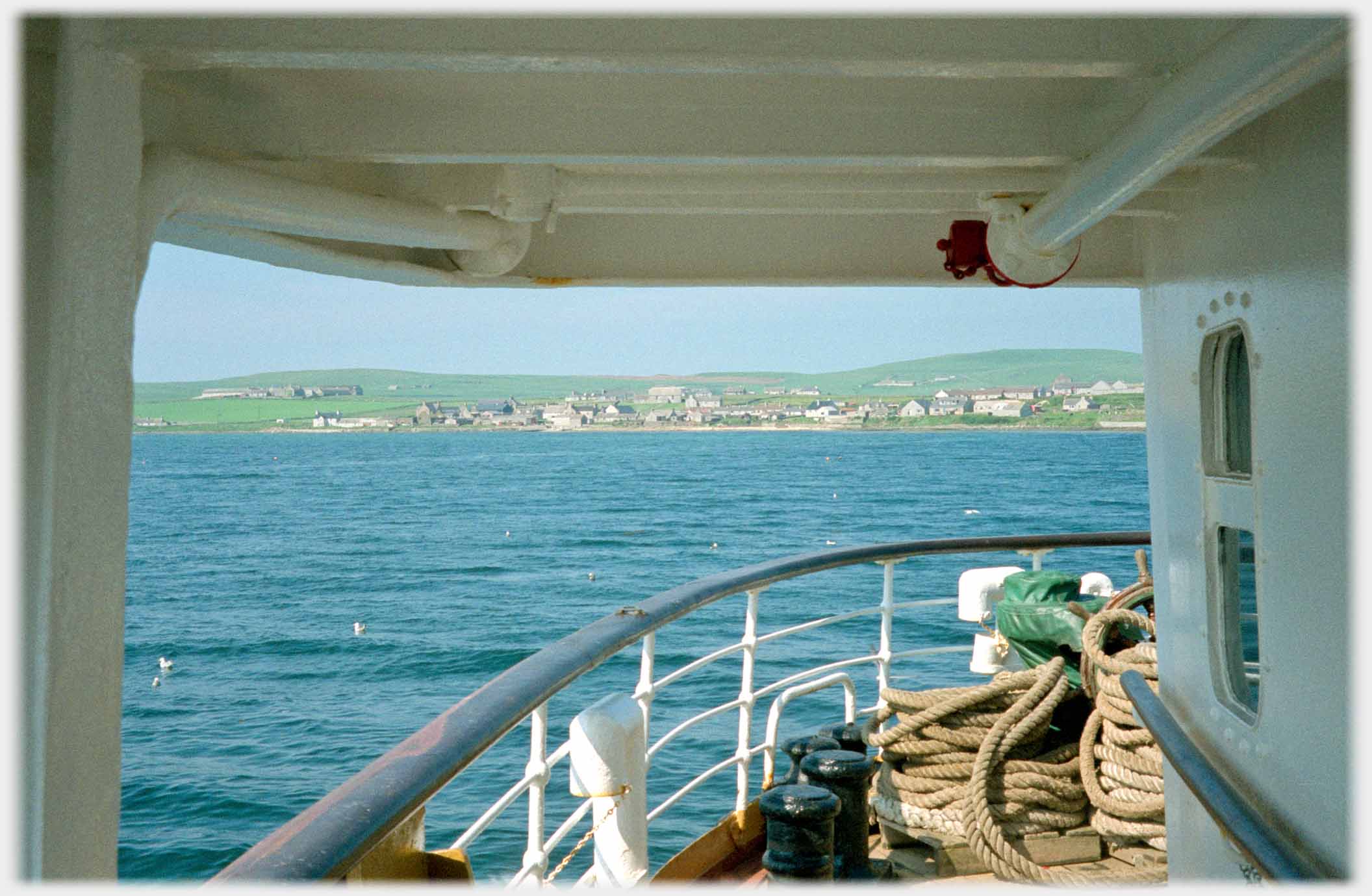 Stromness - seen from an approaching boat...
Stromness - seen from an approaching boat...
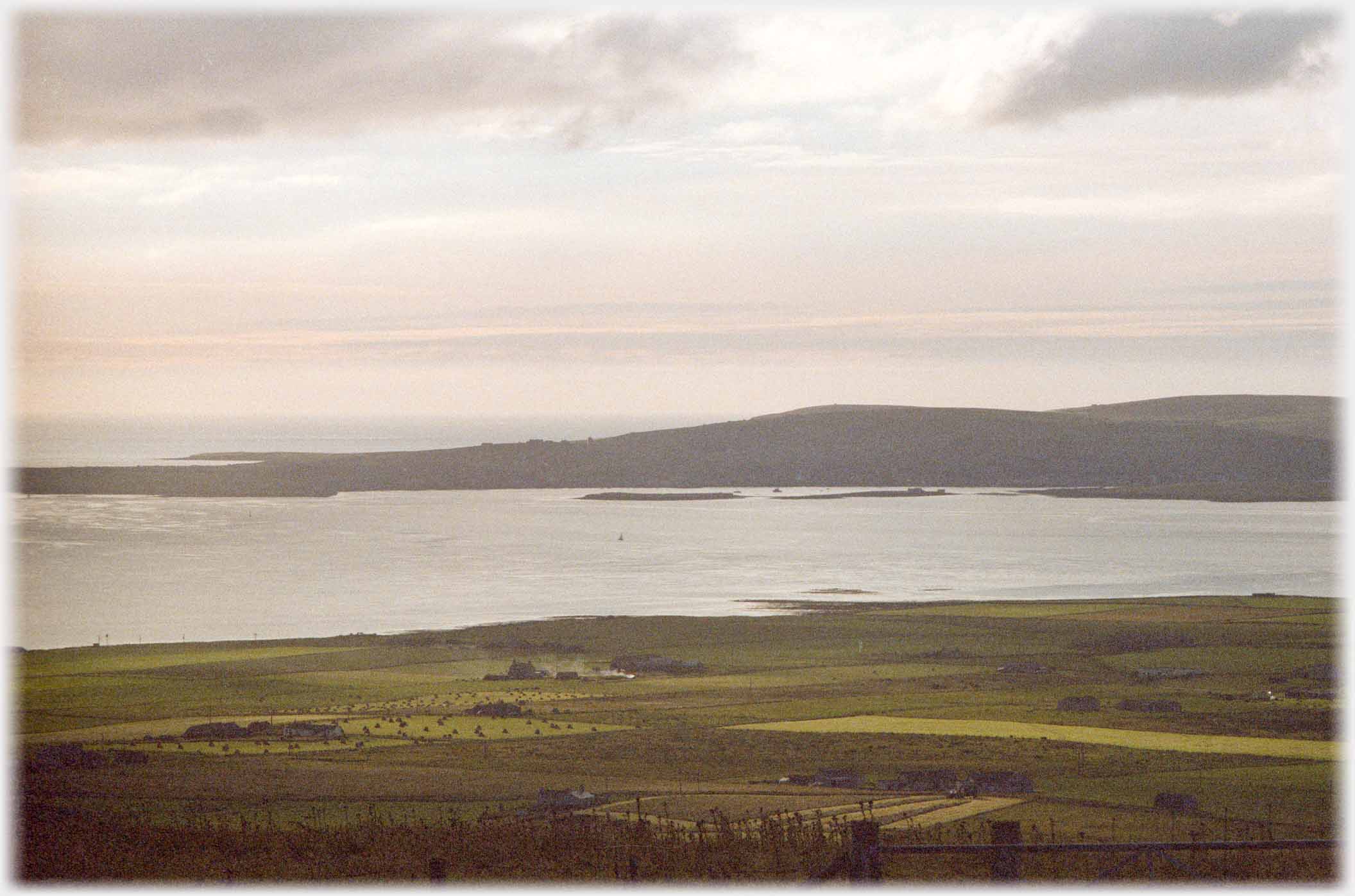 ...Stromness - not seen at dusk. It lies behind the two islets (the Inner and Outer Holm) seen here from across Clestrain Sound
The ferry from Scrabster (just by Thurso on the Scottish mainland) only takes about 90 minutes on a good day. But the Pentland Firth, through which it must plough its way, is notorious for its bad weather, and its exceptional currents. Indeed there are claims that current speeds of 30 kilometres per hour are found which puts it amongst the fastest currents in the world. So arriving at Stromness is not always a sad parting from the ship for some travellers!
...Stromness - not seen at dusk. It lies behind the two islets (the Inner and Outer Holm) seen here from across Clestrain Sound
The ferry from Scrabster (just by Thurso on the Scottish mainland) only takes about 90 minutes on a good day. But the Pentland Firth, through which it must plough its way, is notorious for its bad weather, and its exceptional currents. Indeed there are claims that current speeds of 30 kilometres per hour are found which puts it amongst the fastest currents in the world. So arriving at Stromness is not always a sad parting from the ship for some travellers!
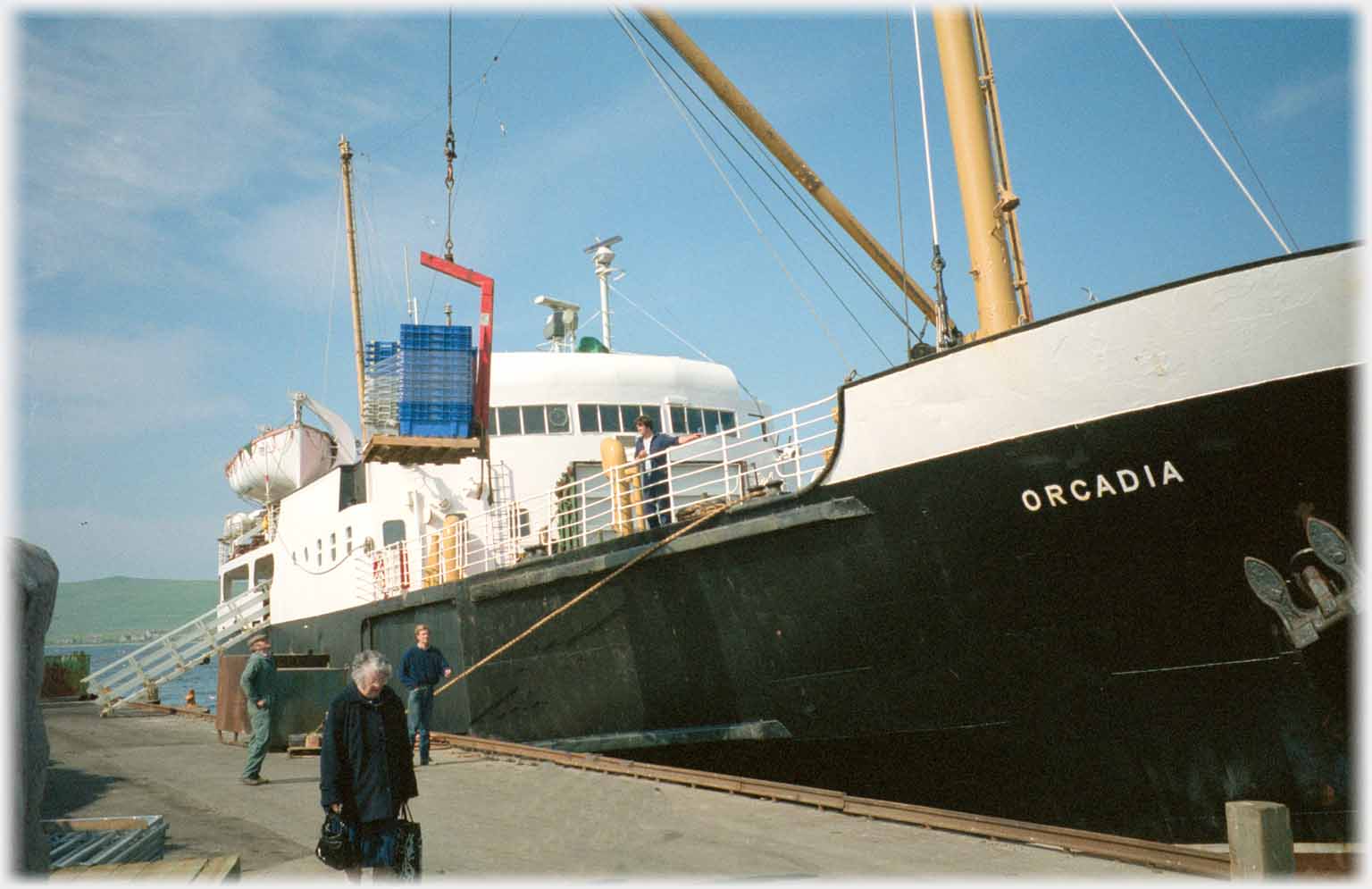 Thirty years ago the Orcadia plied Scrabster to Stromness - a substantial vessel here unloading goods
Thirty years ago the Orcadia plied Scrabster to Stromness - a substantial vessel here unloading goods
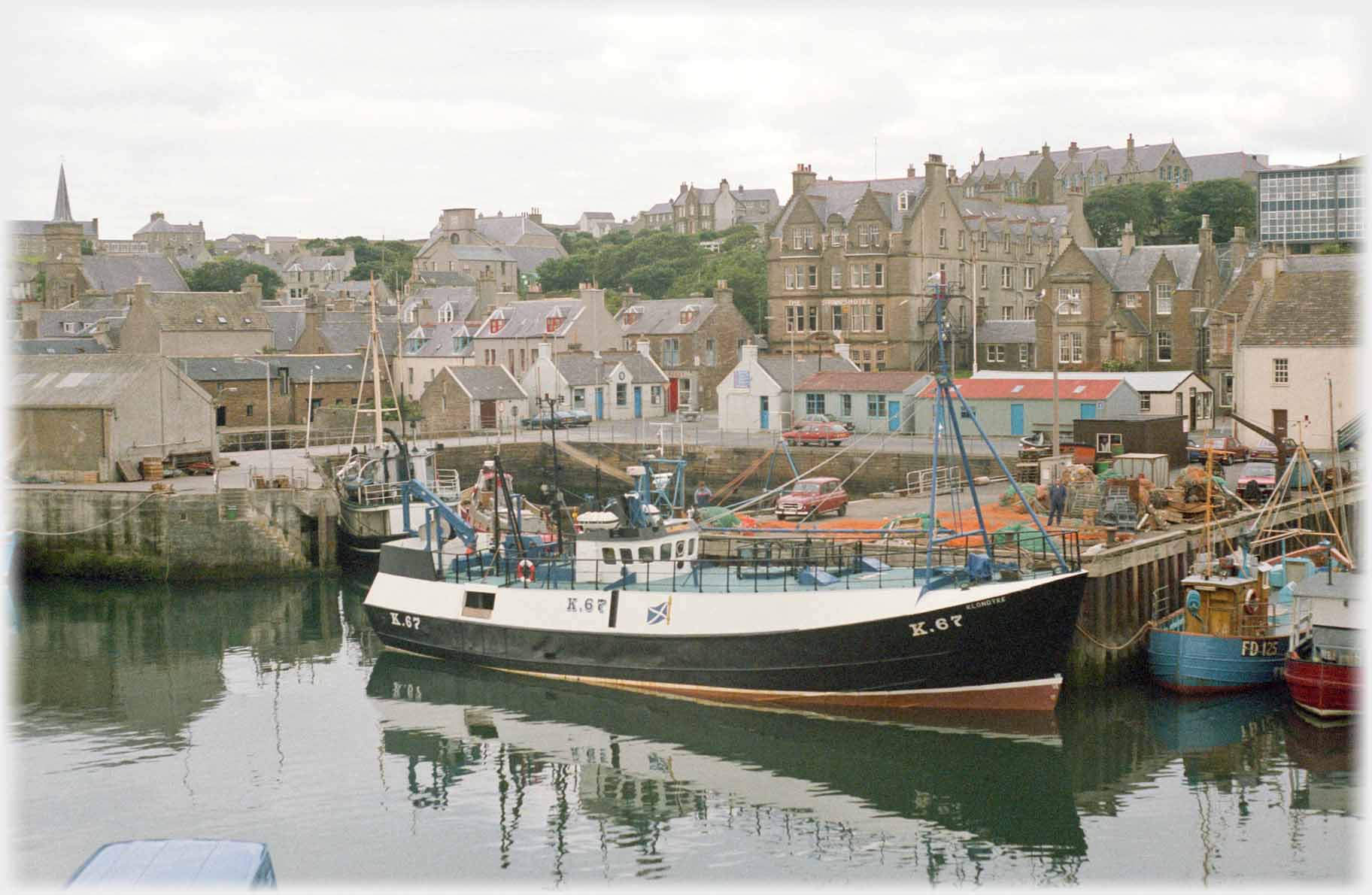 Stromness town crowds down around the harbour...
Stromness town crowds down around the harbour...
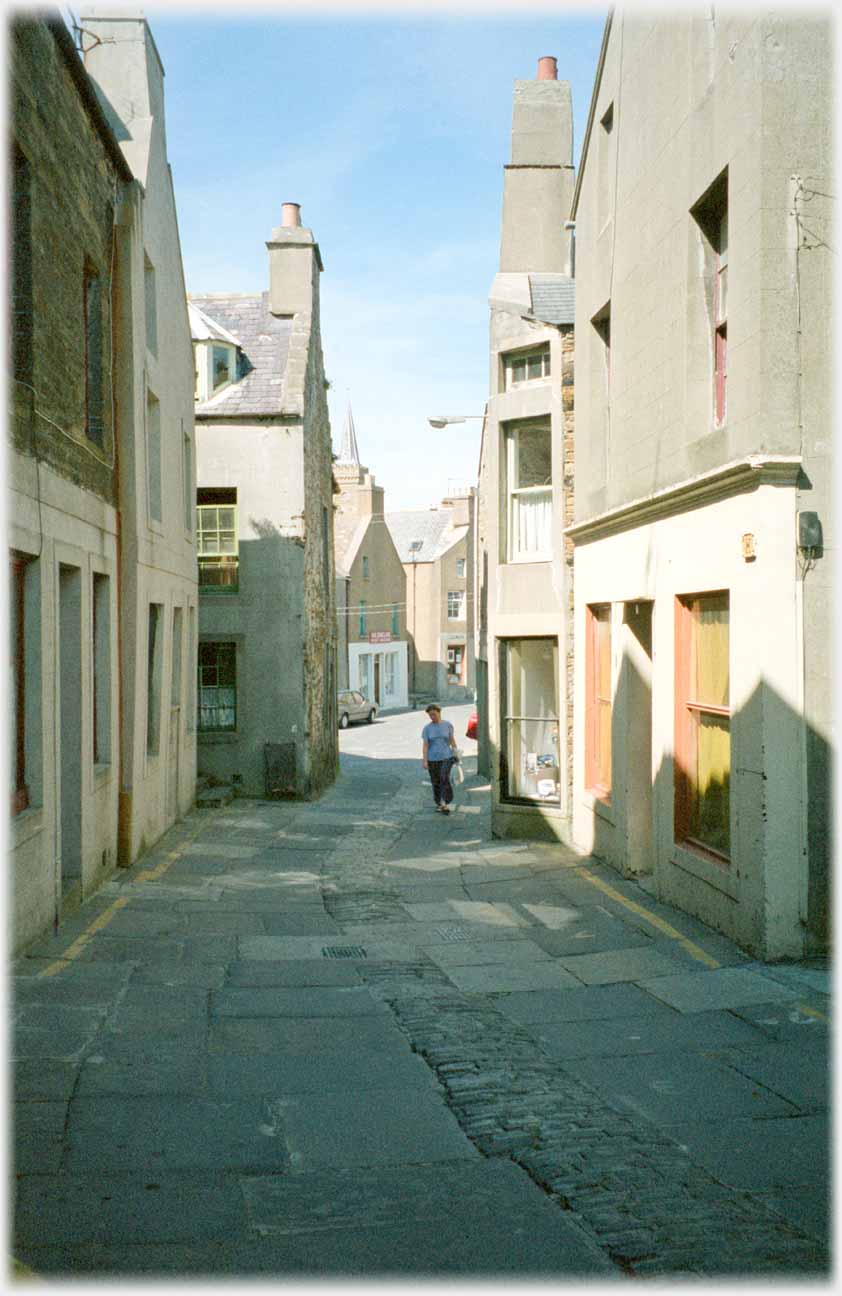 ...its narrow streets huddling along the shore. Maybe the wind explains the town 'planning', and the search for protection seems to have changed little in the last...
...its narrow streets huddling along the shore. Maybe the wind explains the town 'planning', and the search for protection seems to have changed little in the last...
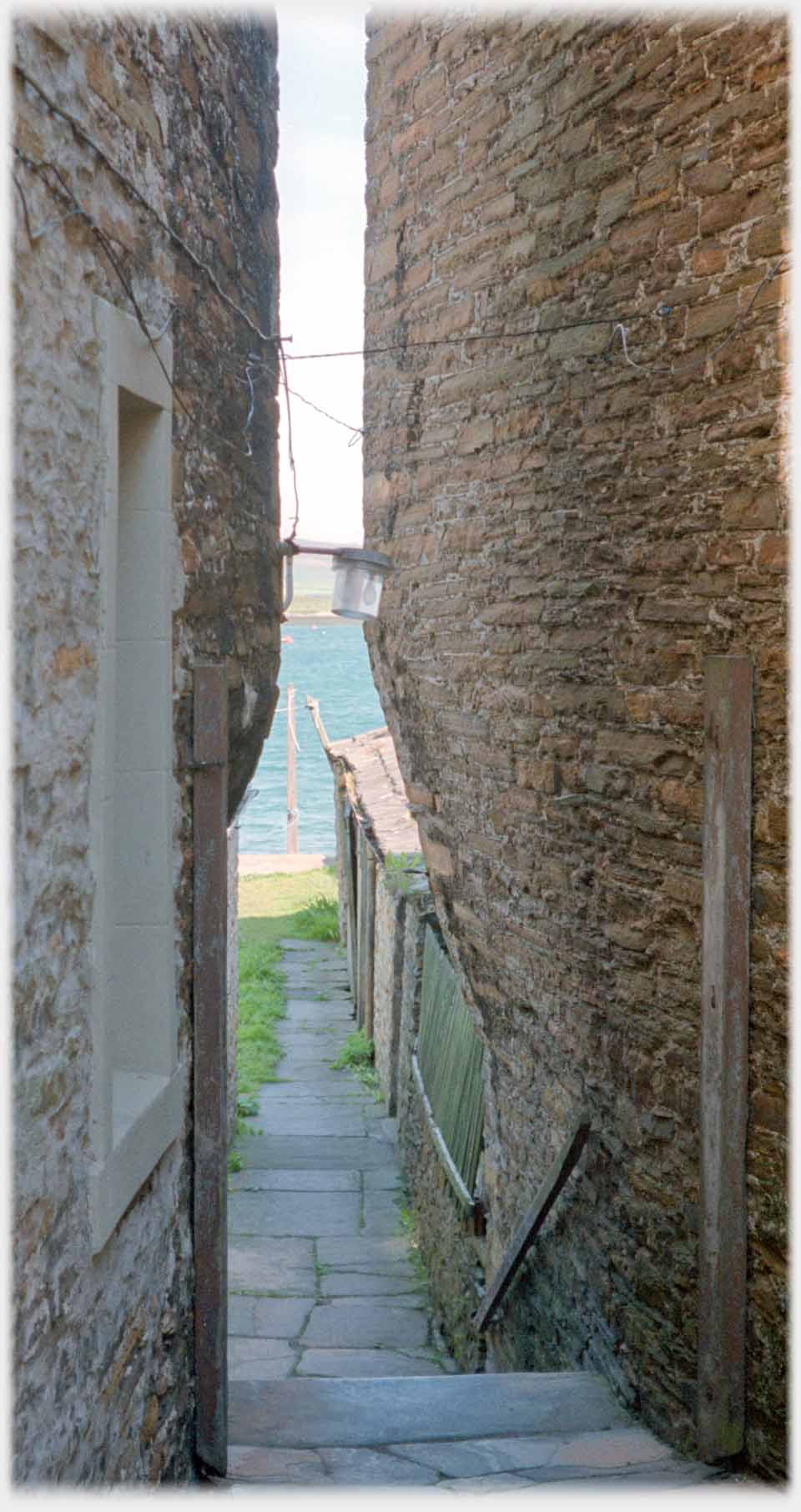 ...5,000 years from when the inhabitants of Skara Brae built their houses. One of the entrances to the village...
...5,000 years from when the inhabitants of Skara Brae built their houses. One of the entrances to the village...
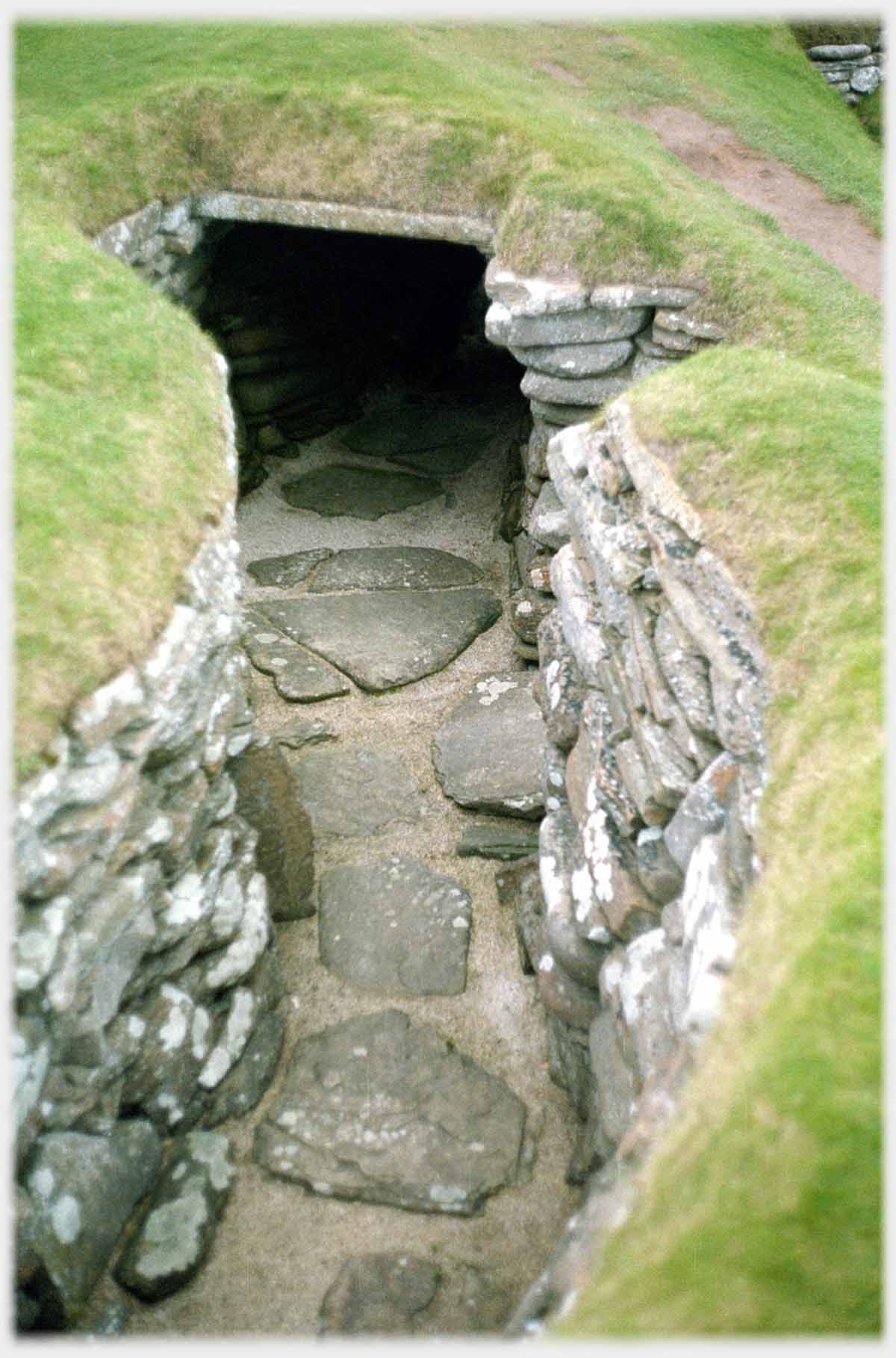 ...is shown above; although the people were certainly shorter, they would have still had to double up for this doorway - but it offers highly protected access
...is shown above; although the people were certainly shorter, they would have still had to double up for this doorway - but it offers highly protected access
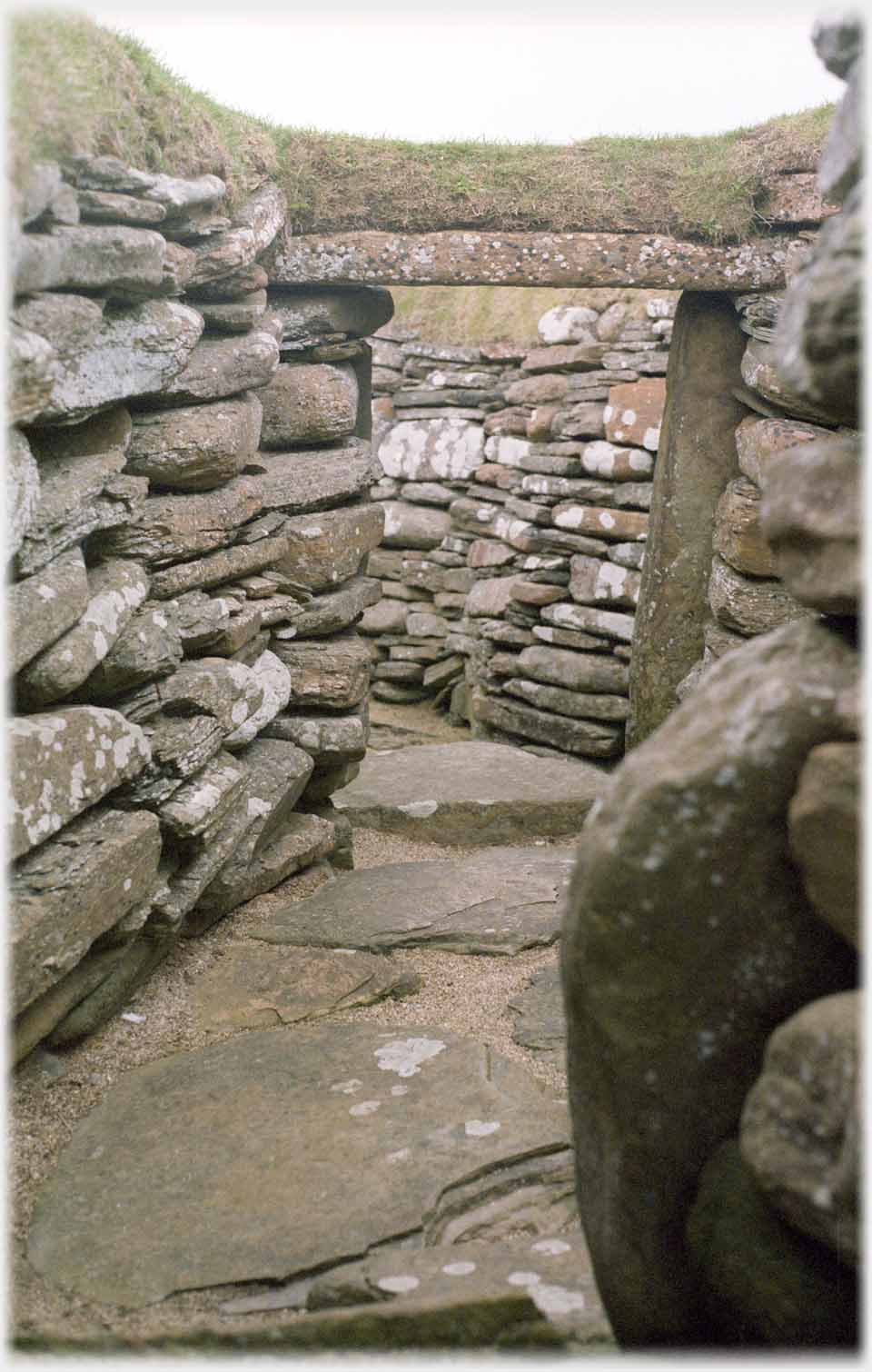 A loftier entrance! The village of Skara Brae was uncovered from the sands in 1850 by a storm...
A loftier entrance! The village of Skara Brae was uncovered from the sands in 1850 by a storm...
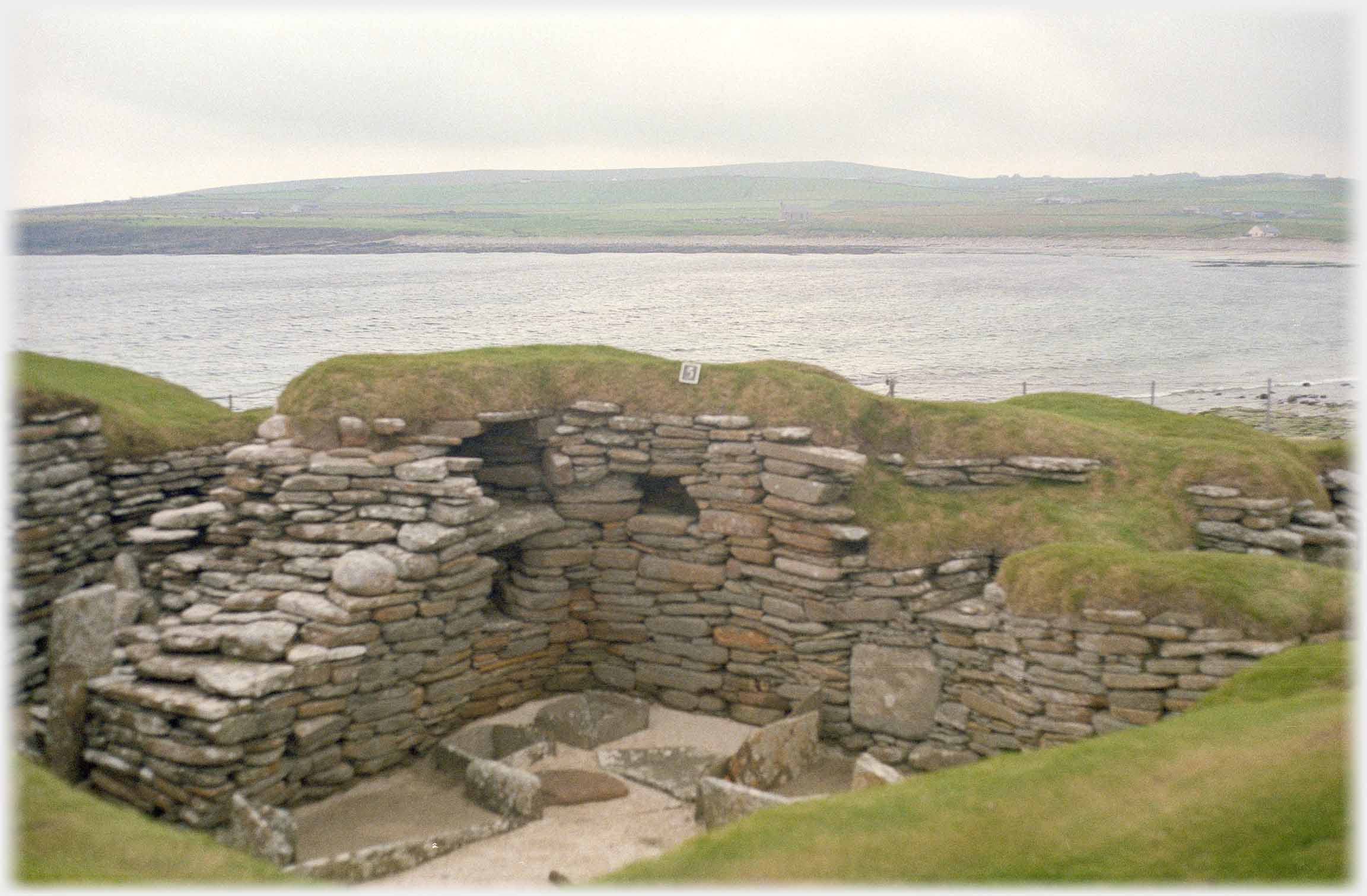 ...It sits beside the Bay of Skaill on the western seaboard of the island. This sudden exposure left the houses remarkably intact. The relation to the sea has probably changed considerably over five millennia
...It sits beside the Bay of Skaill on the western seaboard of the island. This sudden exposure left the houses remarkably intact. The relation to the sea has probably changed considerably over five millennia
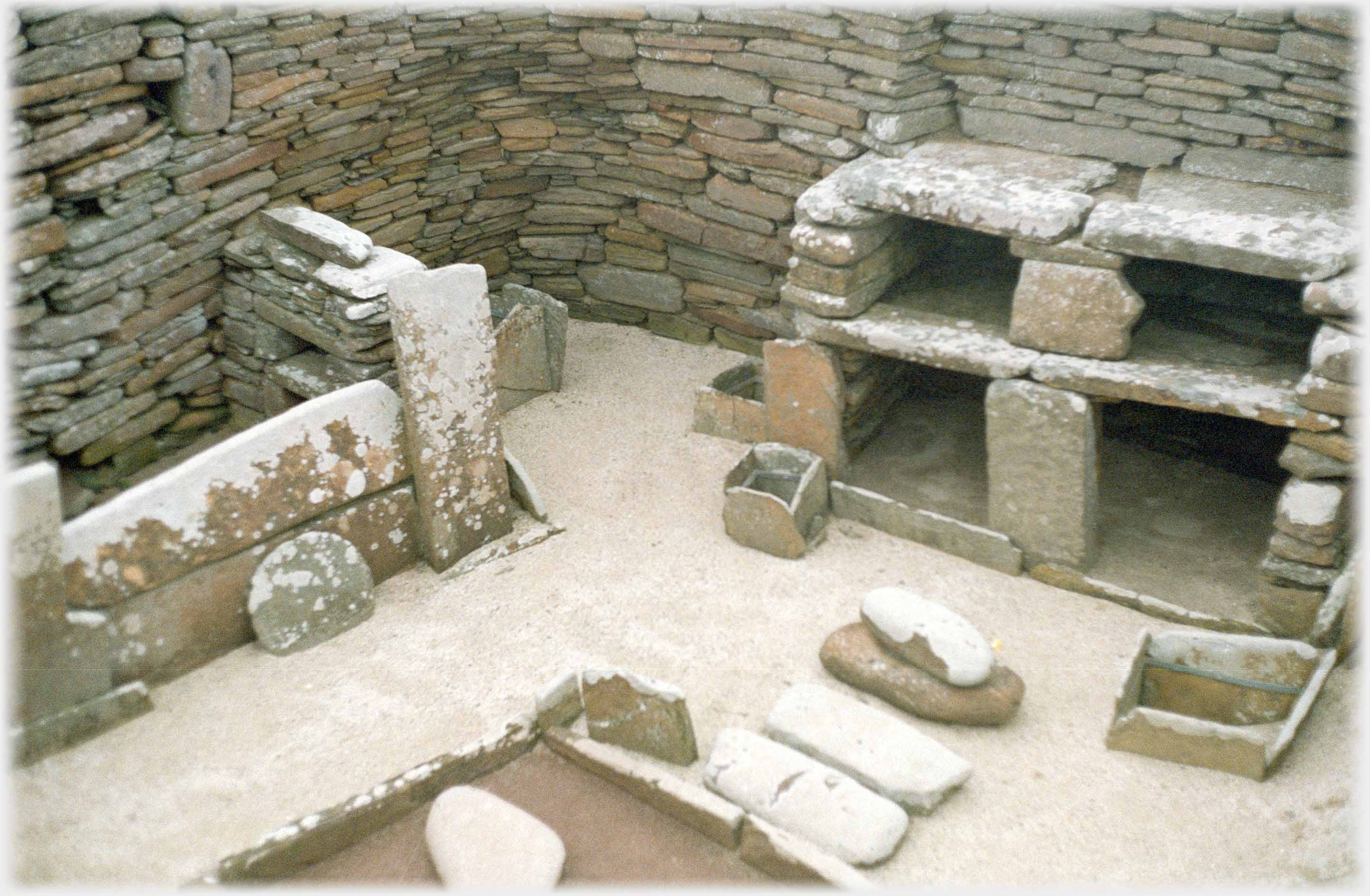 In the living area of one of the ten houses; featuring a stone 'cupboard'
In the living area of one of the ten houses; featuring a stone 'cupboard'
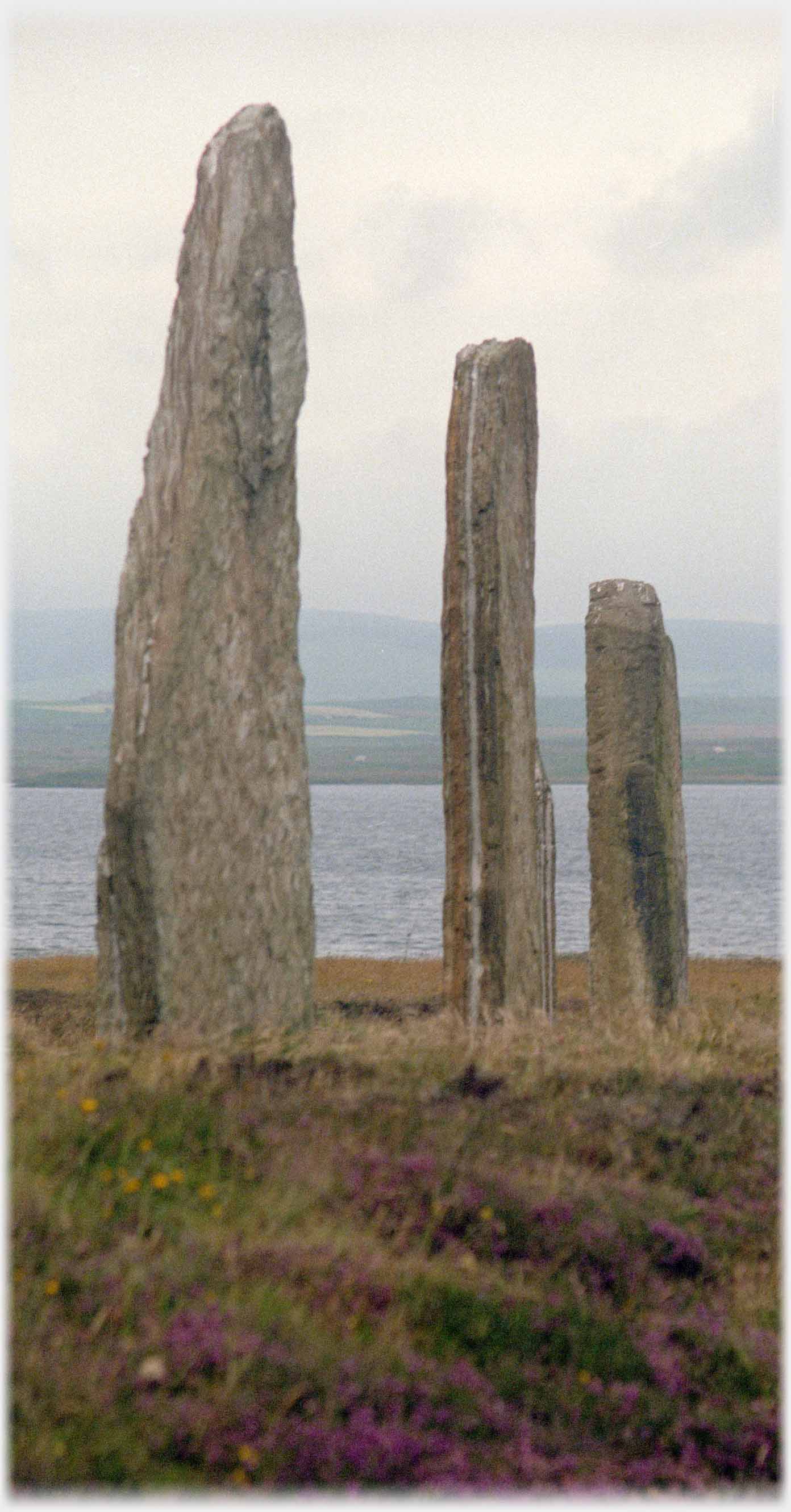
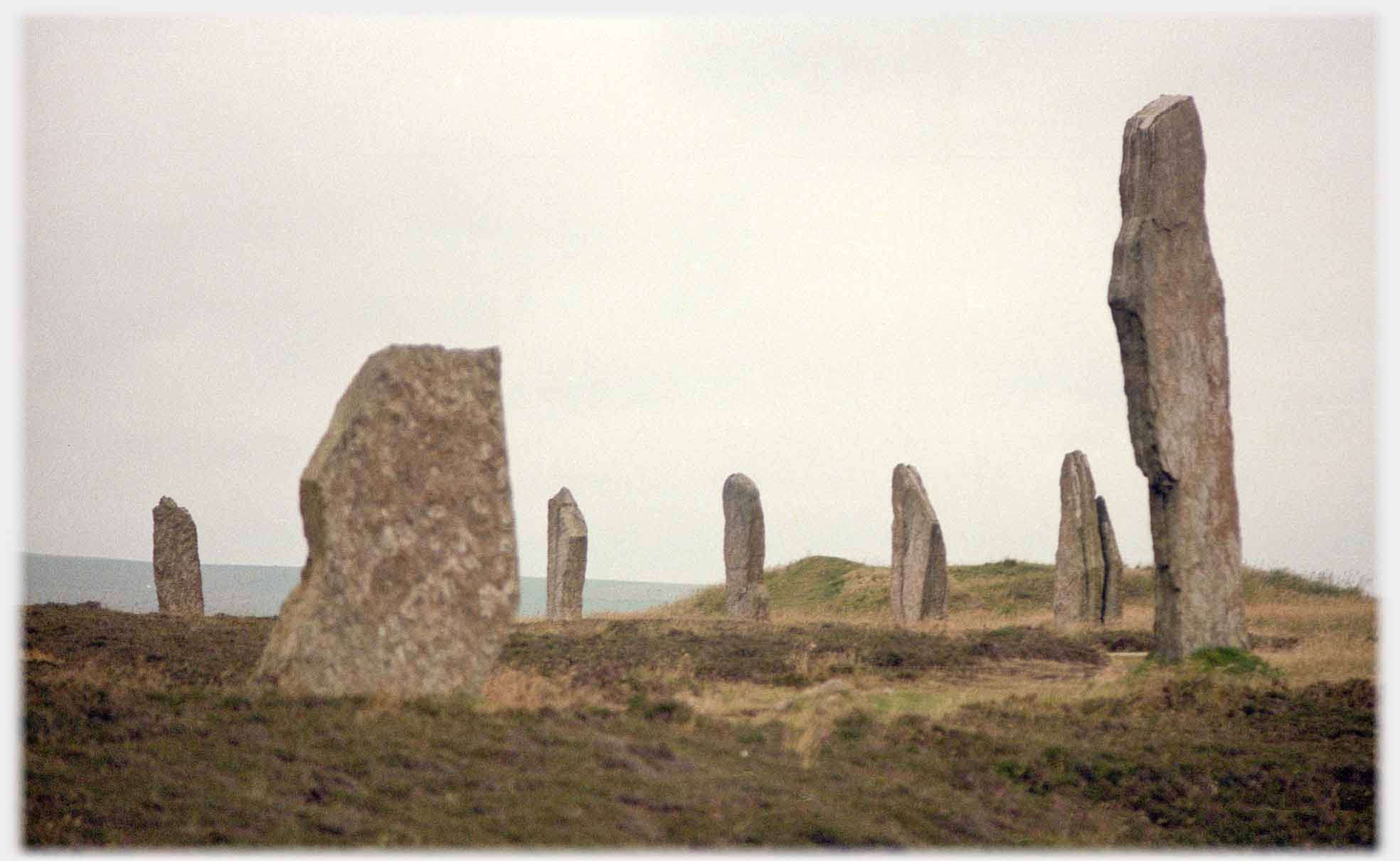 Possibly around a thousand years after Skara Brae was occupied, the standing stones of the Ring of Brodgar were set in place
Possibly around a thousand years after Skara Brae was occupied, the standing stones of the Ring of Brodgar were set in place
- although their date is very uncertain
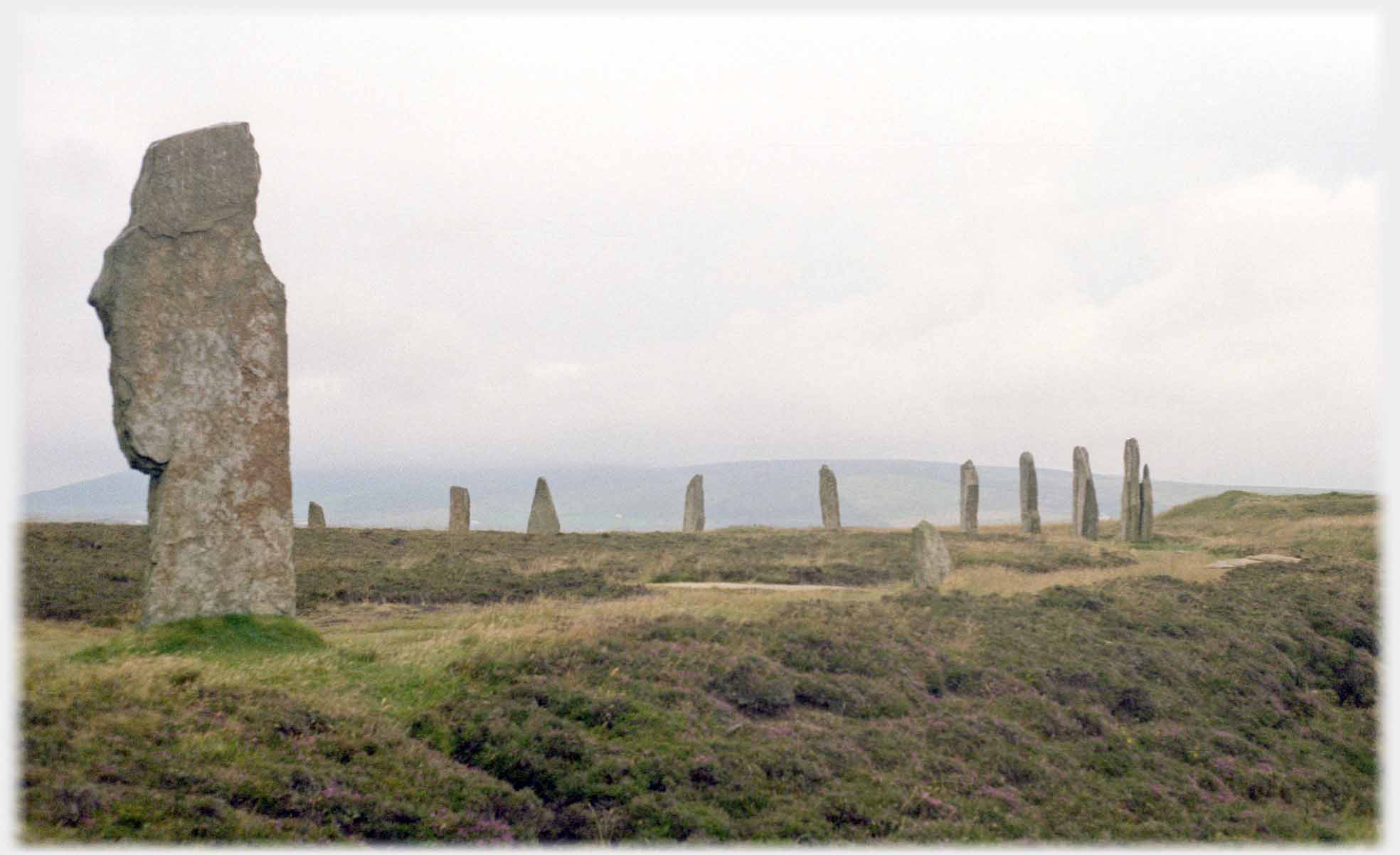
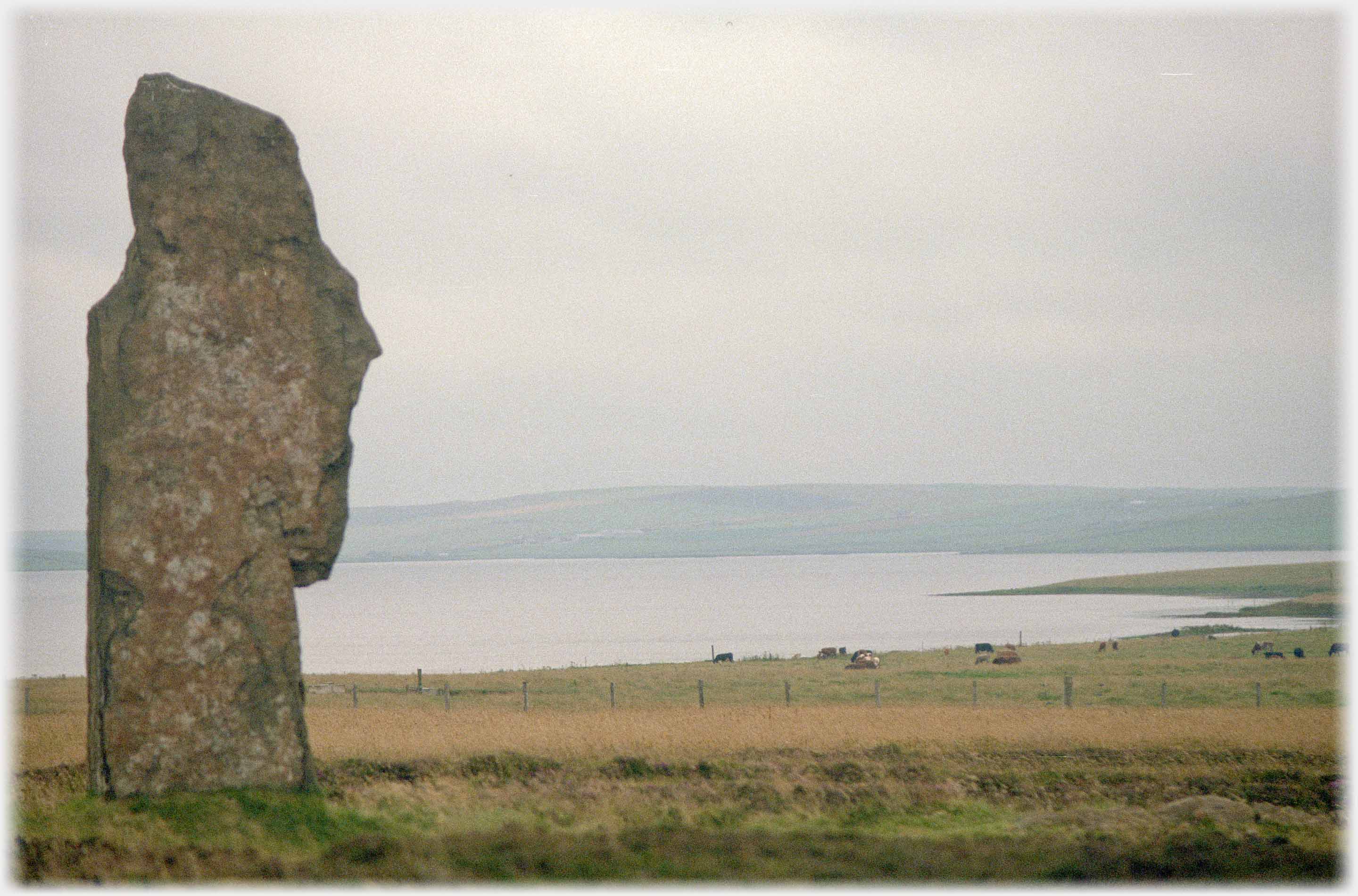 Rather like an earlier form of one of those Moai on Easter Island, this Brodgar standing stone keeps watch across the Loch of Stenness; and across the millennia
Rather like an earlier form of one of those Moai on Easter Island, this Brodgar standing stone keeps watch across the Loch of Stenness; and across the millennia
 The Ring of Broadgar is one of only three full circles in the UK
The Ring of Broadgar is one of only three full circles in the UK
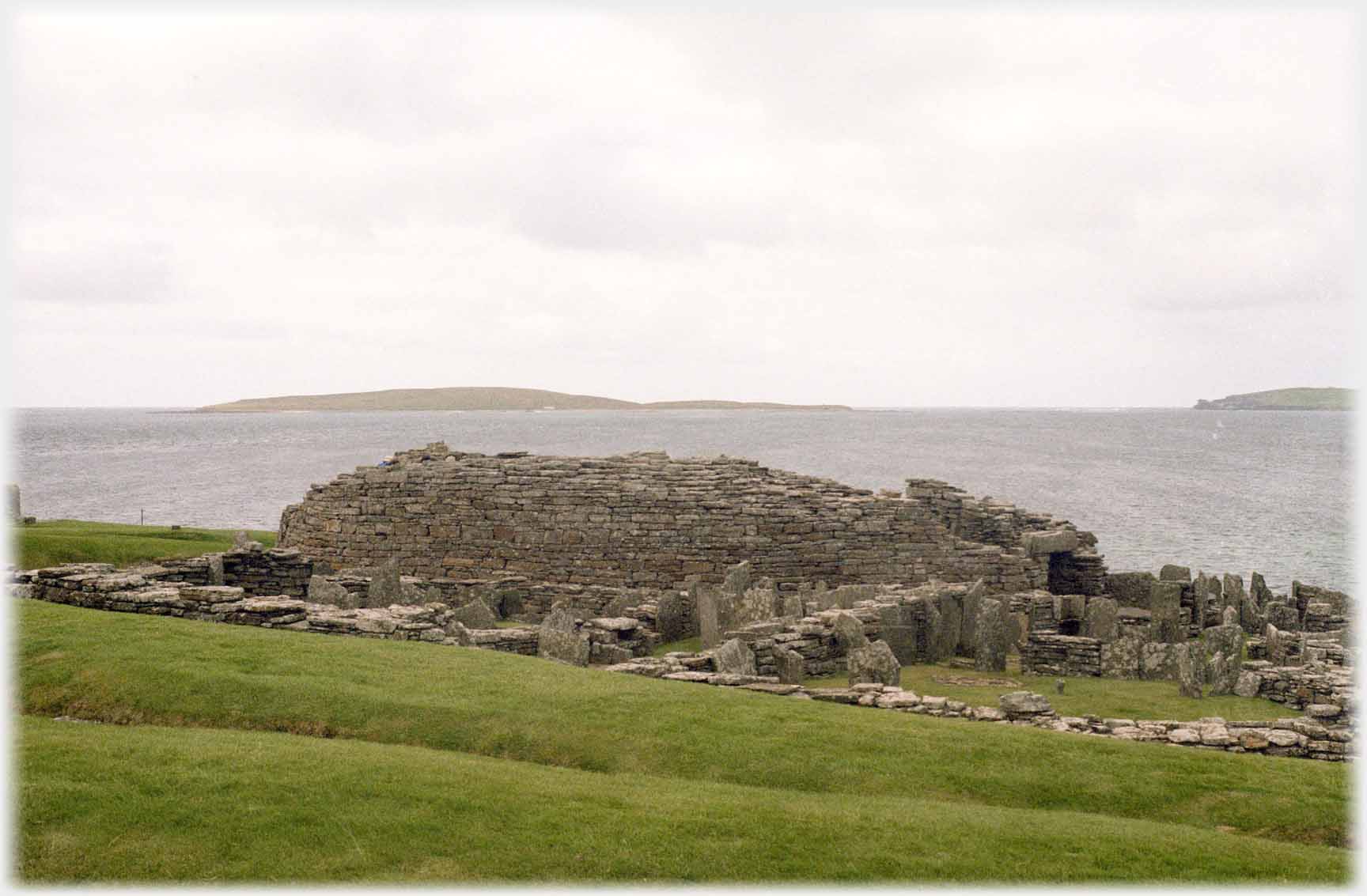 Jumping on another thousand years or more, the remains of the Broch of Gurness looks over to Eynhallow Isle
Jumping on another thousand years or more, the remains of the Broch of Gurness looks over to Eynhallow Isle
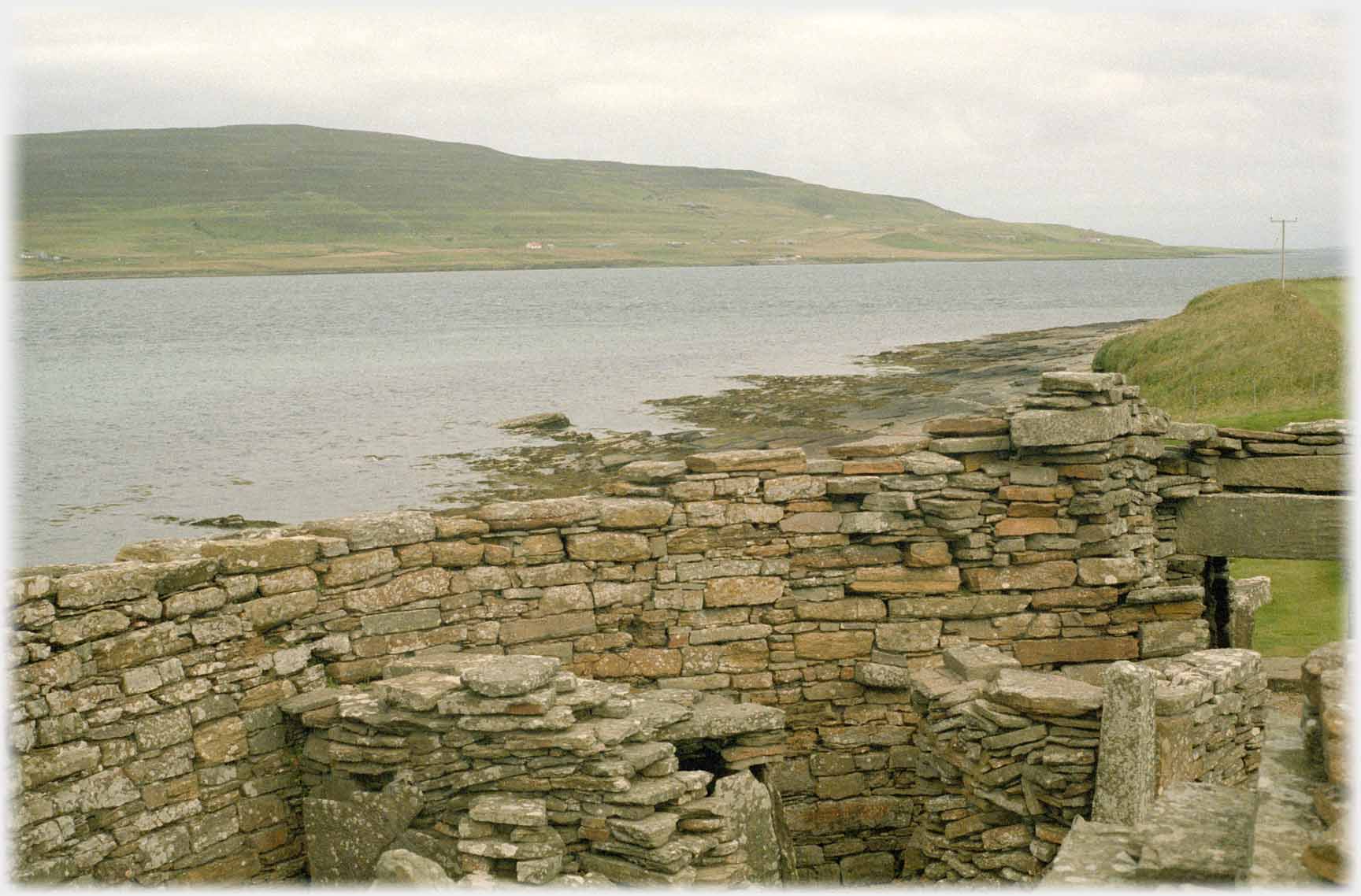 The broch now stands at 10 feet (3 metres) a third of its original height
The broch now stands at 10 feet (3 metres) a third of its original height
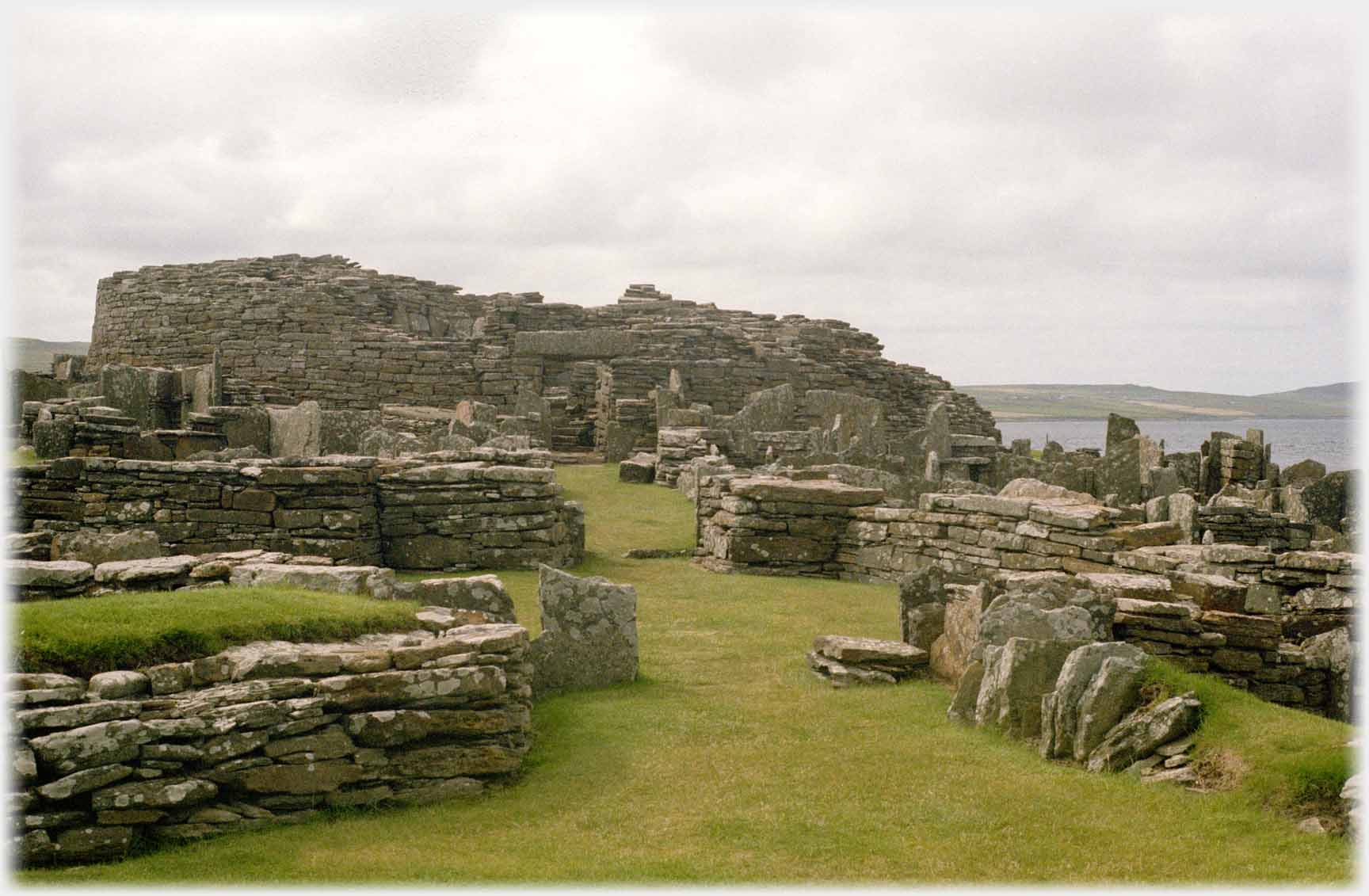 The broch was probably originally constructed in around 400 BCE and was abandoned just after the Romans invaded the British Islands
The broch was probably originally constructed in around 400 BCE and was abandoned just after the Romans invaded the British Islands
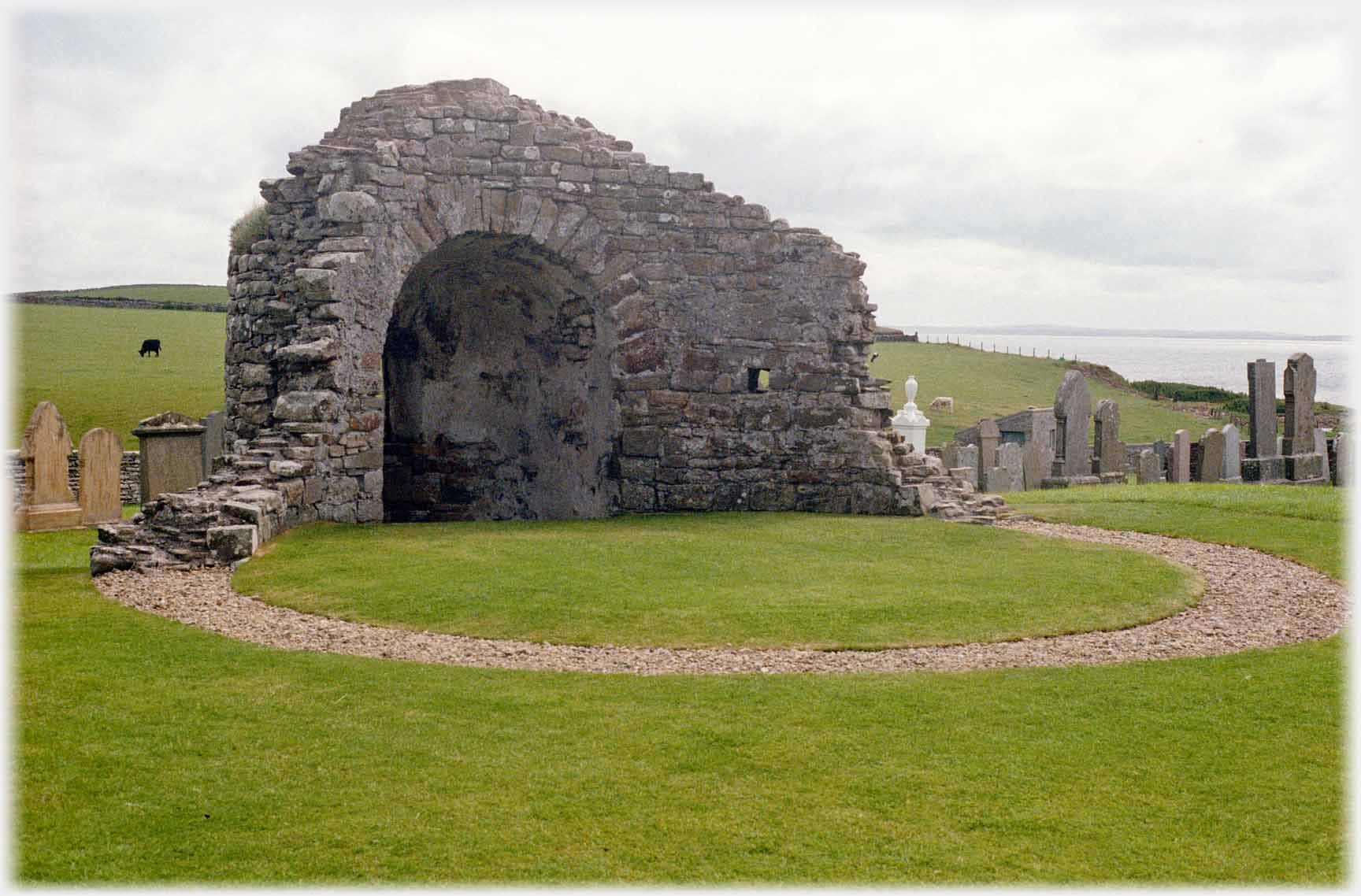 Concluding this whistle stop sketch of Orkney buildings - the round kirk of Orphir was built in penance for the murder of (later St.) Magnus, in the early 1100s
Concluding this whistle stop sketch of Orkney buildings - the round kirk of Orphir was built in penance for the murder of (later St.) Magnus, in the early 1100s
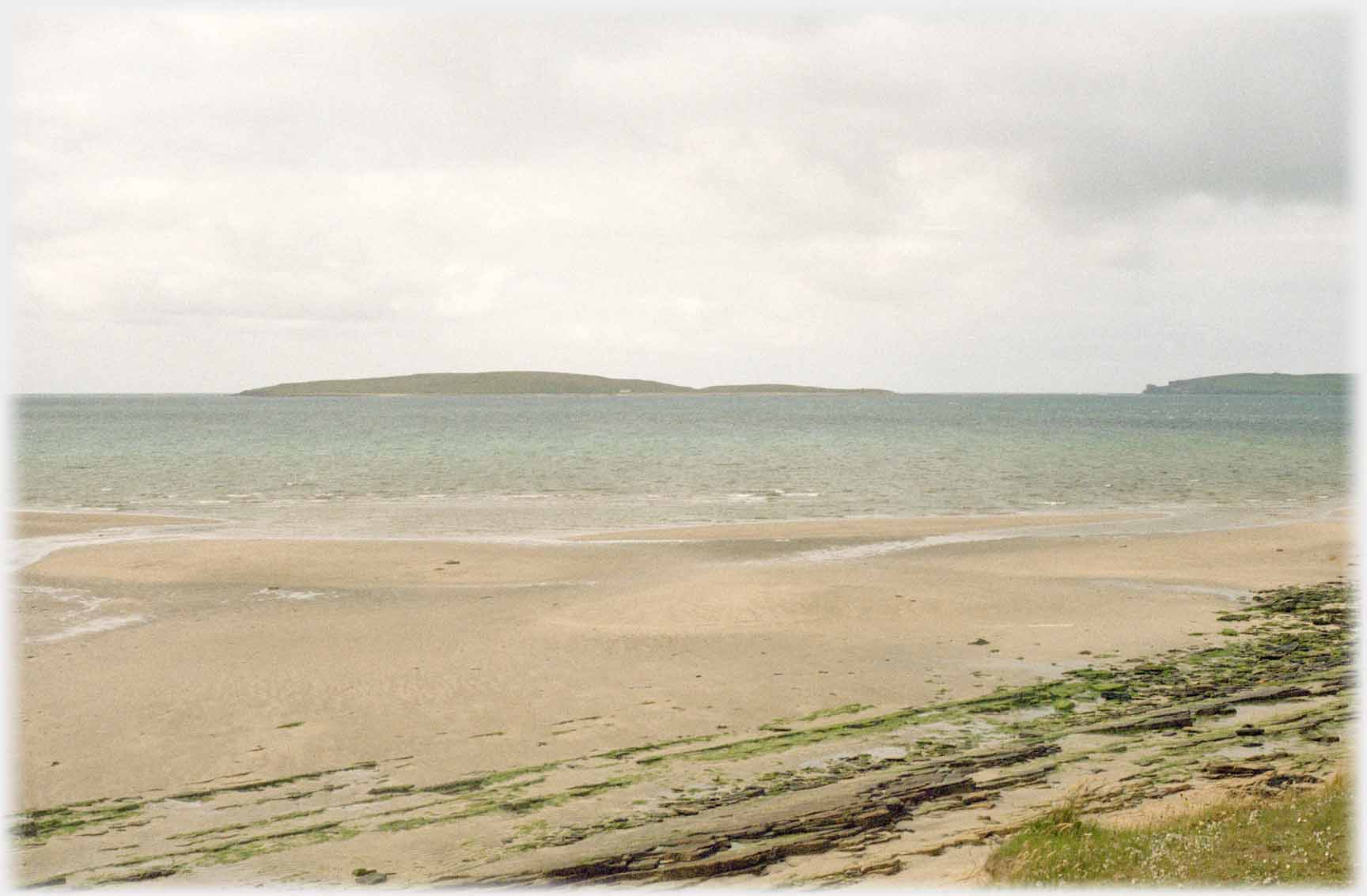 But the Orkneys are not all ruins. The beautiful natural landscape, here, it is shown in the
But the Orkneys are not all ruins. The beautiful natural landscape, here, it is shown in the
form of the Sands of Evie ...
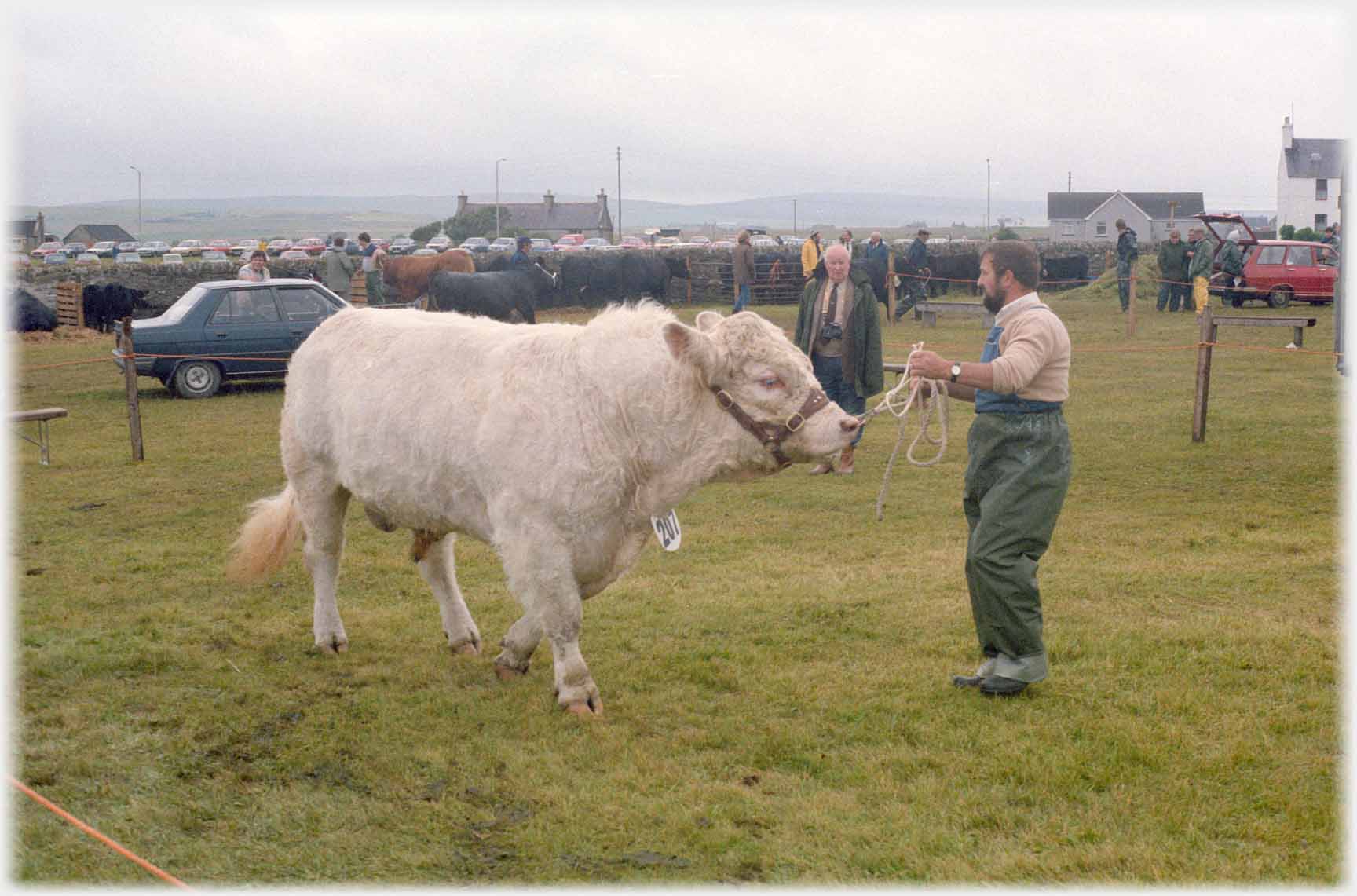 ...and the active community life, contribute their part to the richness of these islands
...and the active community life, contribute their part to the richness of these islands
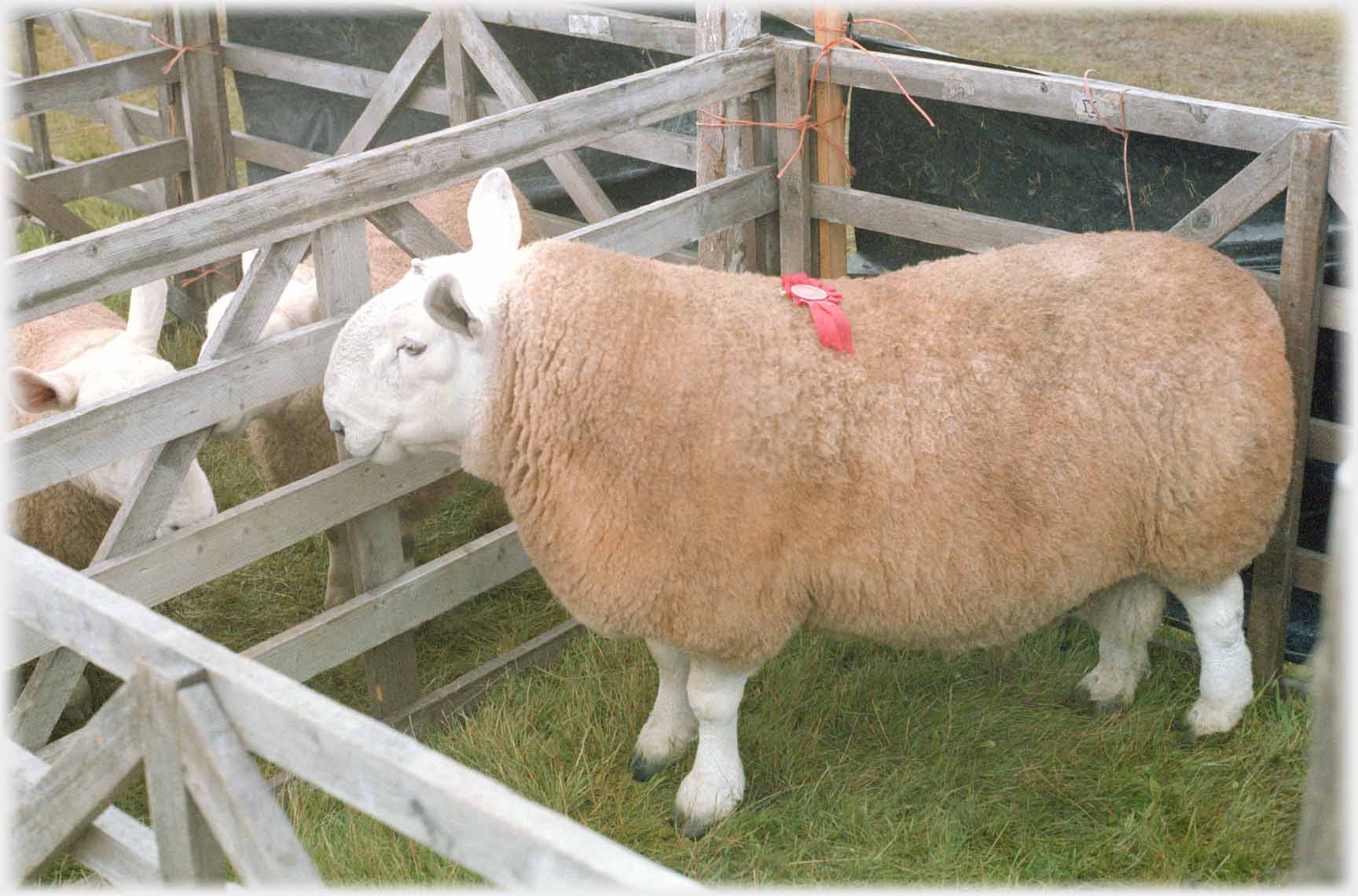 Two photos from the annual show, with the award of first prize to the above competitor
Two photos from the annual show, with the award of first prize to the above competitor
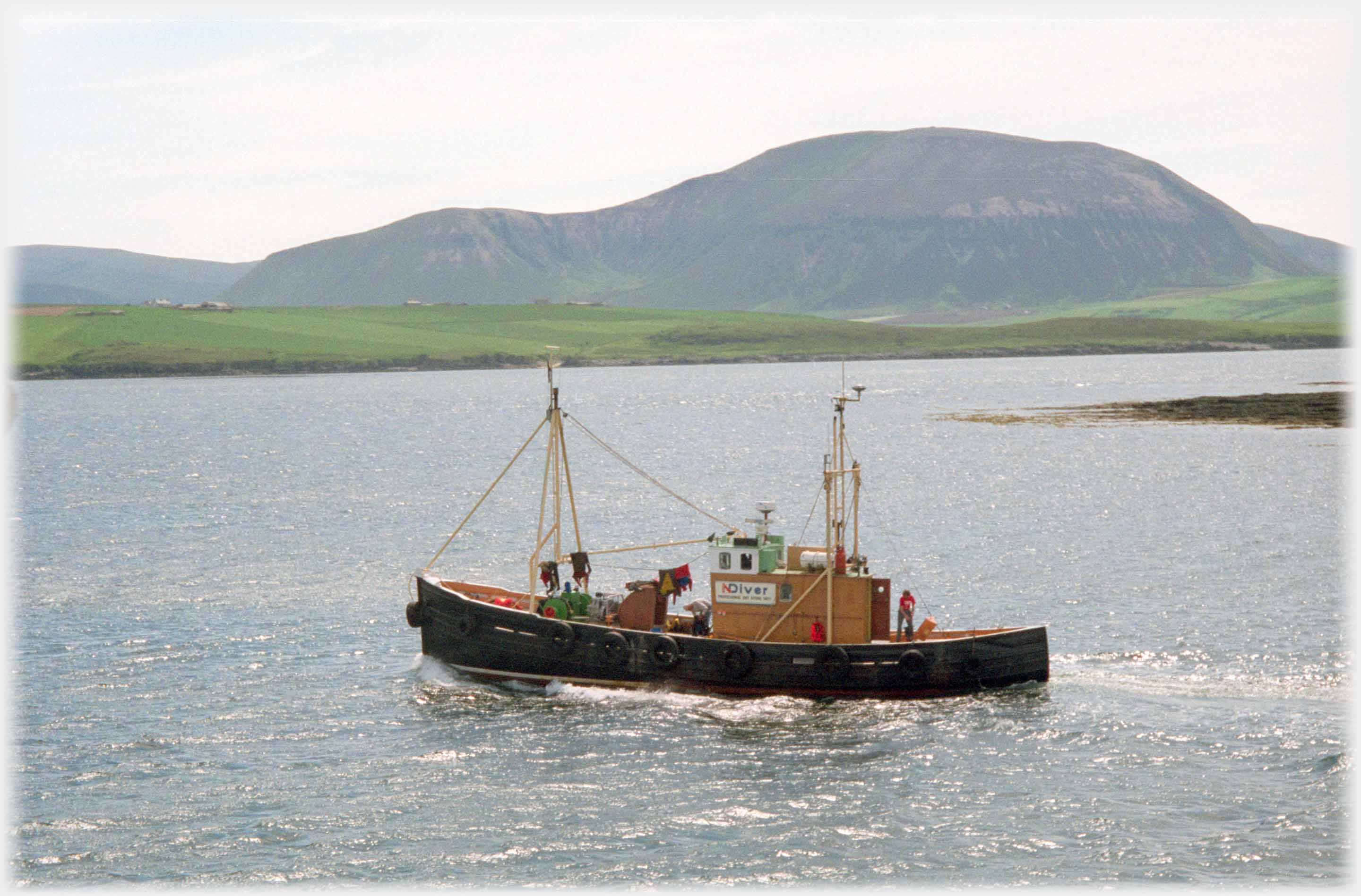 A boat leaving Stromness with the backdrop of Hoy - PicturePosting's next stop
Trailers...
A boat leaving Stromness with the backdrop of Hoy - PicturePosting's next stop
Trailers...
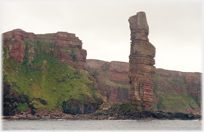 The next page
of this section takes you to views of Hoy from the ferry as it passes the island's cliffs.
The next page
of this section takes you to views of Hoy from the ferry as it passes the island's cliffs.
 The next page
of the Mosaic Section is headed 'Creation v. Expression'.
The next page
of the Mosaic Section is headed 'Creation v. Expression'.
Or go to the contents Go to the contents of the Mosaic Section. of the Mosaic Section.

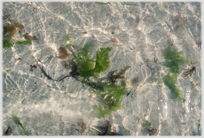 The last page had pictures from the Island of Mull
The last page had pictures from the Island of Mull
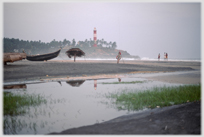 To a rather different seaside life - in Alleppey, Kerala
To a rather different seaside life - in Alleppey, Kerala
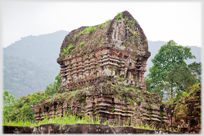 To some (relatively) modern remains - the Mỹ Sơn temples in central Vietnam
To some (relatively) modern remains - the Mỹ Sơn temples in central Vietnam
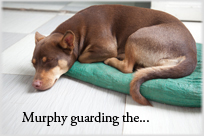 ...guide to this site
...guide to this site